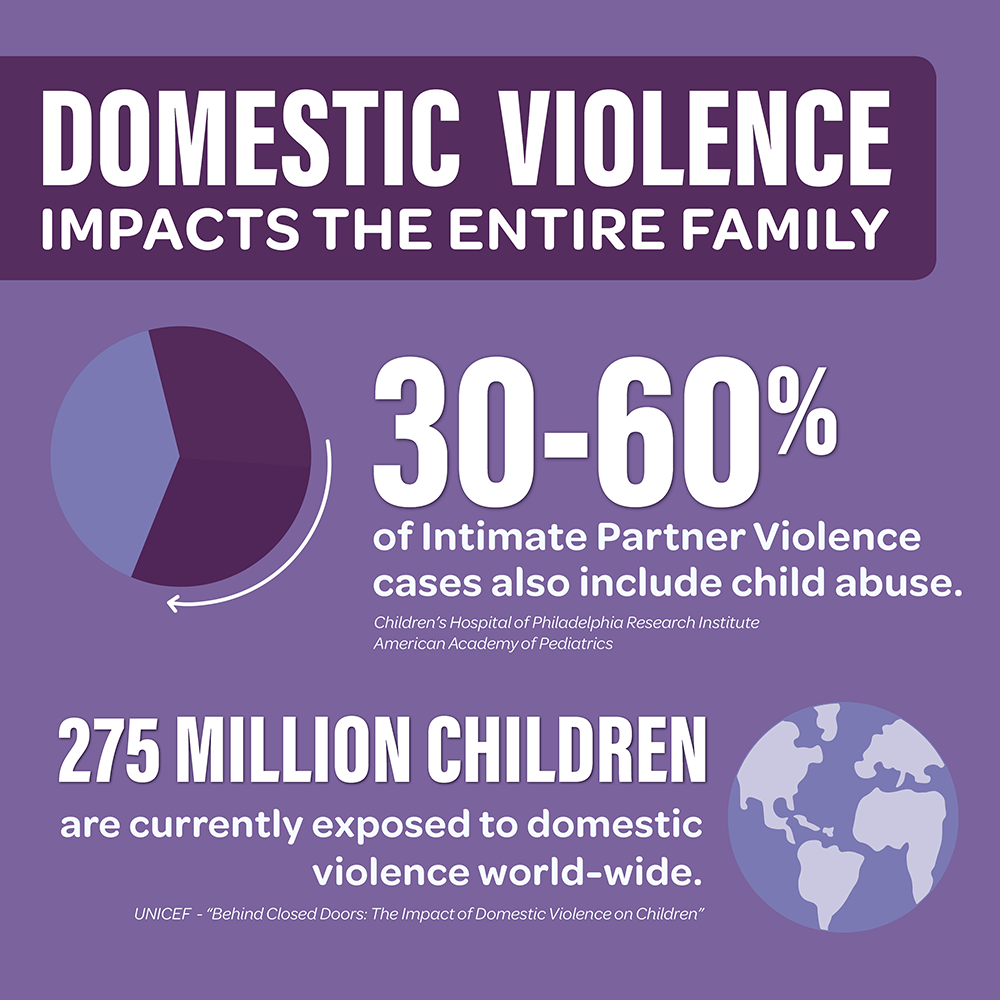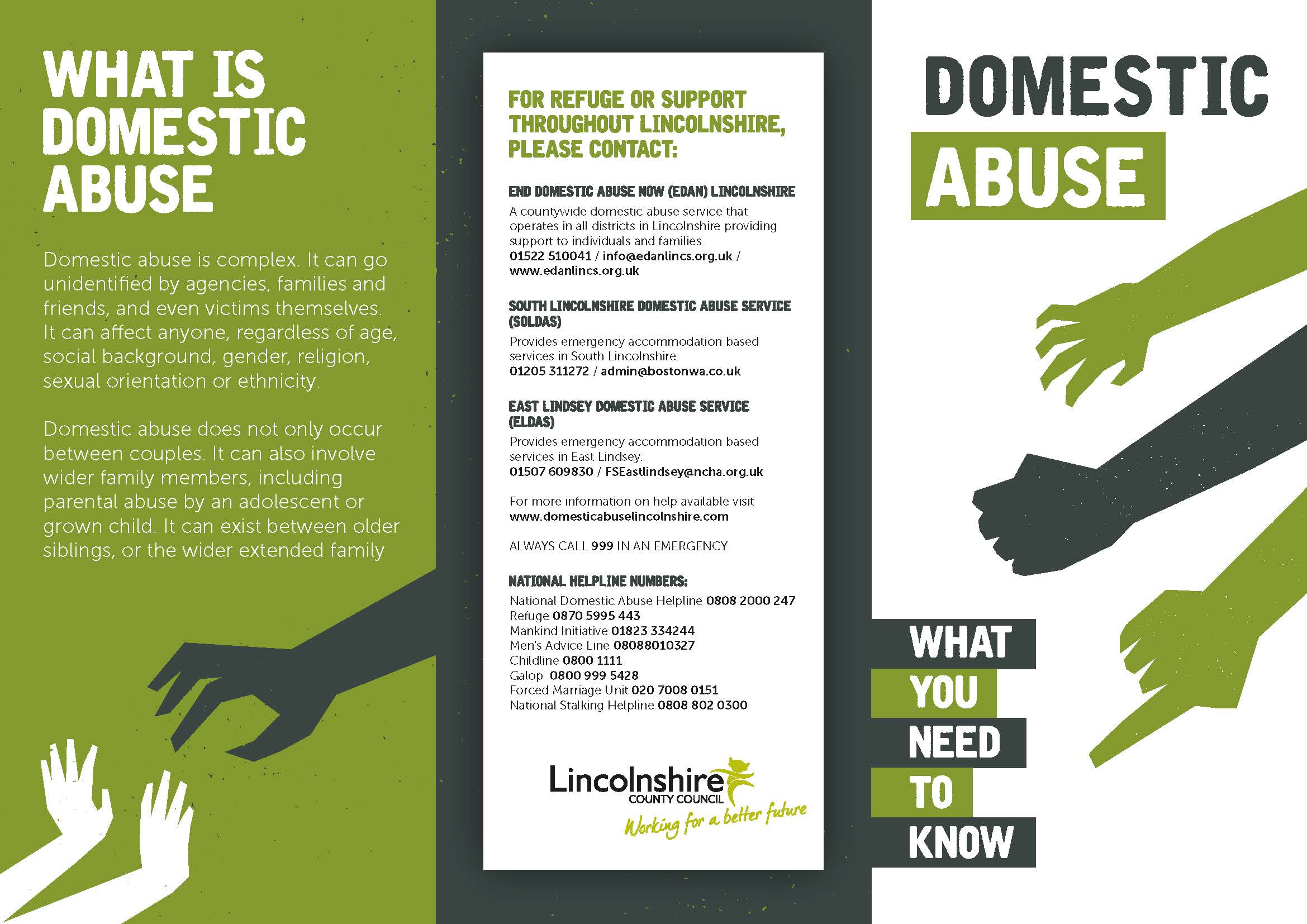Domestic Battery


Domestic battery is a serious crime that involves the unlawful use of force against another person within a domestic relationship. It is a form of assault that is specifically defined by law and often carries heavier penalties than other forms of assault.
Legal Definitions and Classifications
Domestic battery is defined as the intentional or reckless infliction of bodily harm or offensive contact upon another person within a domestic relationship. It is distinct from other forms of assault because it involves a specific relationship between the parties involved.
- Intentional or Reckless Infliction of Bodily Harm: Domestic battery requires the act to be intentional or reckless. This means that the perpetrator either intended to cause harm or acted with a conscious disregard for the risk of causing harm.
- Offensive Contact: Offensive contact refers to any unwanted physical contact that is considered offensive or harmful. This can include hitting, kicking, pushing, grabbing, or any other physical contact that causes physical harm or discomfort.
- Domestic Relationship: Domestic relationships are defined by law and can include spouses, former spouses, romantic partners, co-parents, family members, and others who live together or have a close relationship.
Domestic battery is often classified based on the severity of the injuries inflicted and the intent of the perpetrator.
- Severity of Injuries: Domestic battery can range from minor injuries, such as bruises or scratches, to severe injuries, such as broken bones or internal bleeding. The severity of the injuries often determines the severity of the charges and the potential penalties.
- Intent of the Perpetrator: The intent of the perpetrator can also influence the classification of domestic battery. For example, a charge of aggravated domestic battery may be filed if the perpetrator intended to cause serious bodily harm or used a deadly weapon.
Legal Consequences of Domestic Battery
The legal consequences of domestic battery can be severe and can include a range of penalties, protective orders, and other legal ramifications.
- Penalties: The penalties for domestic battery vary depending on the severity of the offense and the jurisdiction. Possible penalties can include fines, imprisonment, probation, and mandatory counseling.
- Protective Orders: A protective order is a court order that restricts the actions of a perpetrator. It can include provisions prohibiting the perpetrator from contacting the victim, entering the victim’s home, or coming within a certain distance of the victim.
- Other Legal Ramifications: In addition to criminal penalties, domestic battery can also have other legal ramifications, such as the loss of custody of children, the loss of a job, and the loss of housing.
Domestic Battery: Causes and Contributing Factors

Domestic battery is a serious issue with complex underlying causes. Understanding these factors is crucial for developing effective prevention and intervention strategies.
Substance Abuse
Substance abuse, including alcohol and drug use, can significantly increase the risk of domestic battery. Intoxication can impair judgment, increase aggression, and lower inhibitions, making individuals more likely to engage in violent behavior. Substance abuse can also exacerbate existing mental health conditions, contributing to violent outbursts.
Mental Health Issues
Mental health disorders, such as depression, anxiety, and personality disorders, can also play a role in domestic battery. These conditions can lead to emotional instability, difficulty managing anger, and impulsive behavior. It is important to note that mental illness does not excuse violence, but it can be a contributing factor that requires attention and treatment.
Power Imbalances
Power imbalances within relationships are a significant contributor to domestic battery. This imbalance can manifest in various ways, including economic dependence, control over finances, and social isolation. The abuser may use their power to control, intimidate, and manipulate the victim, creating a climate of fear and vulnerability.
Societal Norms
Societal norms and attitudes can contribute to domestic battery by normalizing or minimizing violence within relationships. Traditional gender roles that place men in positions of dominance and women in positions of subservience can contribute to a culture where violence against women is seen as acceptable. Moreover, cultural beliefs that emphasize male control and ownership over women can further perpetuate violence.
Domestic Violence Cycles and Patterns, Domestic battery
Domestic violence often follows a cyclical pattern, with periods of tension building, followed by an incident of violence, and then a period of reconciliation or “honeymoon” phase. The cycle can repeat itself, with the violence becoming increasingly severe over time. Understanding these patterns is essential for breaking the cycle and providing support to victims.
Socioeconomic Factors
Socioeconomic factors can also play a role in domestic battery rates. Poverty, unemployment, and financial stress can increase tensions within relationships, making it more likely that conflicts will escalate into violence. Lack of access to resources, such as affordable housing, childcare, and mental health services, can also contribute to the problem.
Cultural Influences
Cultural influences can shape attitudes and beliefs about violence within relationships. Cultures that tolerate or even condone violence against women are more likely to have higher rates of domestic battery. Similarly, cultures that emphasize male dominance and control over women can contribute to a climate where violence is seen as acceptable.
Societal Attitudes
Societal attitudes towards domestic battery can influence the willingness of victims to seek help and the effectiveness of prevention and intervention efforts. If domestic battery is seen as a private matter or as a consequence of the victim’s behavior, it is less likely that victims will receive the support they need. Conversely, societies that recognize domestic battery as a serious crime and provide comprehensive support services for victims are more likely to see a reduction in rates of violence.
Domestic Battery


Domestic battery is a serious issue that affects millions of people worldwide. It is a form of intimate partner violence that can have devastating consequences for victims, their families, and communities. Understanding the causes and contributing factors of domestic battery is crucial to developing effective prevention and intervention strategies.
Prevention and Intervention Strategies
Preventing domestic battery requires a multifaceted approach that addresses both individual and societal factors. This includes promoting healthy relationships, addressing risk factors, and providing support services to victims.
Community-Based Programs
Community-based programs play a vital role in preventing domestic battery by fostering positive social norms and providing support to individuals and families at risk. Examples of such programs include:
- Parenting classes: These classes teach parents effective communication, conflict resolution, and discipline techniques, reducing the likelihood of abusive behaviors.
- Relationship education programs: These programs provide couples with skills for healthy communication, conflict resolution, and building healthy relationships.
- Youth mentoring programs: These programs provide young people with positive role models and support, reducing their risk of engaging in abusive behaviors.
Educational Initiatives
Educational initiatives are essential for raising awareness about domestic battery and promoting healthy relationships. These initiatives can target various age groups and audiences, including:
- School-based programs: These programs teach children and adolescents about healthy relationships, consent, and how to identify and report abuse.
- Community outreach programs: These programs provide information about domestic battery and support services to community members through public events, workshops, and presentations.
- Media campaigns: Public awareness campaigns through television, radio, and social media can effectively disseminate information about domestic battery and encourage help-seeking behavior.
Public Awareness Campaigns
Public awareness campaigns aim to increase knowledge about domestic battery, reduce stigma surrounding it, and encourage help-seeking behavior. Effective campaigns often use:
- Emotional appeals: Campaigns that highlight the devastating impact of domestic battery on victims and their families can resonate with audiences and encourage empathy.
- Real-life stories: Sharing the stories of survivors can help break the silence surrounding domestic battery and inspire others to seek help.
- Call to action: Campaigns should provide clear information about how to get help and where to report abuse.
Law Enforcement and Legal Systems
Law enforcement and legal systems play a crucial role in responding to domestic battery incidents and ensuring victim safety. This includes:
- Prompt and effective response: Law enforcement agencies should respond promptly to domestic battery calls and take appropriate action to protect victims and hold perpetrators accountable.
- Victim-centered approach: Law enforcement and legal systems should prioritize the needs and safety of victims, providing them with support and resources.
- Enforcement of protective orders: Courts should issue and enforce protective orders to prevent further abuse and ensure the safety of victims.
Support Services for Victims
Victims of domestic battery require comprehensive support services to help them heal and rebuild their lives. These services can include:
- Shelters: Domestic violence shelters provide victims with safe housing, food, clothing, and other essential needs.
- Counseling: Counseling services can help victims cope with the trauma of abuse, develop healthy coping mechanisms, and build self-esteem.
- Legal aid: Legal aid organizations can provide victims with legal representation, assistance with protective orders, and information about their rights.
- Medical care: Victims may require medical care for injuries sustained during abuse. Hospitals and clinics should provide appropriate medical treatment and support services.